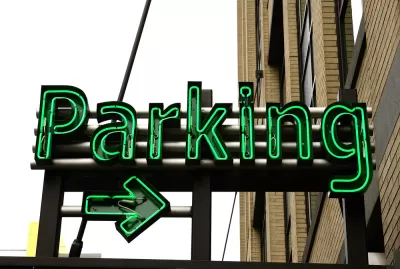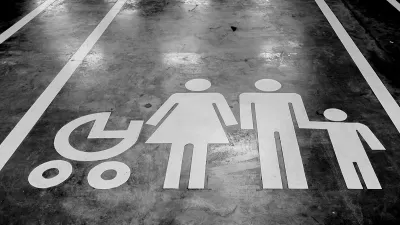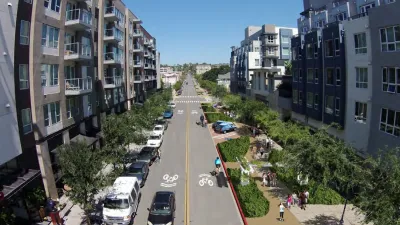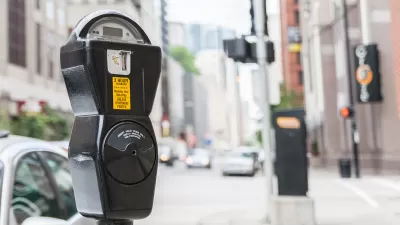Downtown businesses still need a diverse supply of high-turnover parking spaces, argues former downtown San Diego shopkeep, planning activist, and parking guru, Bill Keller.

For three decades, Bill Keller owned a downtown retail business, served on various planning and redevelopment boards, built an expertise in parking issues, and gained the respect of everyone with whom he came in contact. While no parking retrograde, he felt compelled (if somewhat sheepishly) to write an op-ed reminding people, urbanists in particular, that parking still fills an important need in America's downtowns. Keller concedes that residential minimum parking requirements, particularly along transportation corridors, need to be lessened. However, until America's downtowns achieve the density and transit infrastructure to support their retail sectors, parking is still important to providing a diverse mixed-use urban environment.
He also notes that type and configuration are as important as supply. For example, high turn-over and proximity to retail are important. Modernized parking meters that ensure turn-over, accept credit cards, are programmable, and in some locations, offer dynamic pricing—all are important to supporting businesses. In turn, ensuring parking has a reliable and adequate revenue stream to facilitate state of the art, efficient, and effective parking, will not only help retail businesses, but also help to eliminate surface parking lots. By example, he notes:
In Downtown San Diego, for example, street parking has been increased by switching from parallel to angled or perpendicular spaces. And meter revenue will soon be used to underwrite creation of 200 new spaces below East Village Green [underneath the park].
Keller is even able to invoke Jane Jacobs words to support his reminder.
[Jacobs] did say: “There must be a sufficiently dense concentration of people…” And: “The district must serve more than one primary function; preferably more than two. These must insure the presence of people who go outdoors on different schedules and are in the place for different purposes, but who are able to use many facilities in common.”
This result requires some suburbanites, both customers and employees. For Keller's full op-ed, please see the source article
FULL STORY: Why Parking Still Matters in America’s Downtowns

Planetizen Federal Action Tracker
A weekly monitor of how Trump’s orders and actions are impacting planners and planning in America.

San Francisco's School District Spent $105M To Build Affordable Housing for Teachers — And That's Just the Beginning
SFUSD joins a growing list of school districts using their land holdings to address housing affordability challenges faced by their own employees.

The Tiny, Adorable $7,000 Car Turning Japan Onto EVs
The single seat Mibot charges from a regular plug as quickly as an iPad, and is about half the price of an average EV.

San Diego Votes to Rein in “Towering” ADUs
City council voted to limit the number of units in accessory buildings to six — after confronting backyard developments of up to 100 units behind a single family home.

Texas Legislature’s Surprising Pro-Housing Swing
Smaller homes on smaller lots, office to apartment conversions, and 40% less say for NIMBYs, vote state lawmakers.

Even Edmonton Wants Single Staircase Buildings
Canada's second most affordable major city joins those angling to nix the requirement for two staircases in multi-family buildings.
Urban Design for Planners 1: Software Tools
This six-course series explores essential urban design concepts using open source software and equips planners with the tools they need to participate fully in the urban design process.
Planning for Universal Design
Learn the tools for implementing Universal Design in planning regulations.
Borough of Carlisle
Smith Gee Studio
City of Camden Redevelopment Agency
City of Astoria
Transportation Research & Education Center (TREC) at Portland State University
City of Camden Redevelopment Agency
Municipality of Princeton (NJ)





























